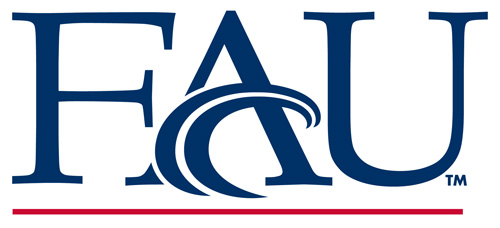
The U.S. population of the wood stork (Mycteria americana) has declined by more than 50% since the 1960s and up to 75% in south Florida due to loss of wetland habitat and extensive alteration of the natural hydrological regime of the Everglades ecosystem (Ogden 1985, Kushlan and Frohring 1986, USFWS 1999). The decline in the south Florida stork population is attributed to widespread colony nesting failures and low nesting numbers caused by the degradation and disappearance of traditional foraging habitat in the Everglades (USFWS 1999). Today, the Florida Everglades is the target of major environmental restoration efforts, which will affect the current hydrological and biological processes of the entire ecosystem, including Everglades National Park (ENP). The Comprehensive Everglades Restoration Plan (CERP) calls for the restoration of more natural water flows throughout the Everglades, which is intended to improve native plant and animal species abundance and diversity (RECOVER 2004a).
The goal of this research is to identify important foraging locations of adult storks from three colonies in ENP during the breeding season for the purpose of providing up-to-date habitat use information for managers and researchers involved in Everglades restoration and water management projects. Using a statistical modeling approach, I will identify habitat properties and behavioral characteristics of wood storks that are important determinants of suitable foraging habitat for breeding individuals. I will examine the relationship between chosen foraging habitats and other potentially suitable habitats across the landscape to determine relative habitat use verses the availability of suitable habitat. Finally, to relate landscape level habitat use to a finer scale, I will examine how nesting success and parental activities at the nest are affected by apparent prey availability in the landscape as determined by landscape wide hydrological conditions.
Objectives- Develop a foraging habitat use model for nesting wood storks from three southern Everglades wading bird nesting colonies and examine the relationship between apparent prey availability in the landscape and wood stork foraging habitat use (use versus availability).
- Determine how nesting success and parental activities of wood storks, such as food delivery rates and parental nest attendance, are affected by apparent changes in prey availability in the landscape.

Figure 1. Conceptual model (modified from Gawlik 2002) of how research objectives relate to the behavioral and environmental characteristics influencing wood stork foraging habitat use and reproductive success.
